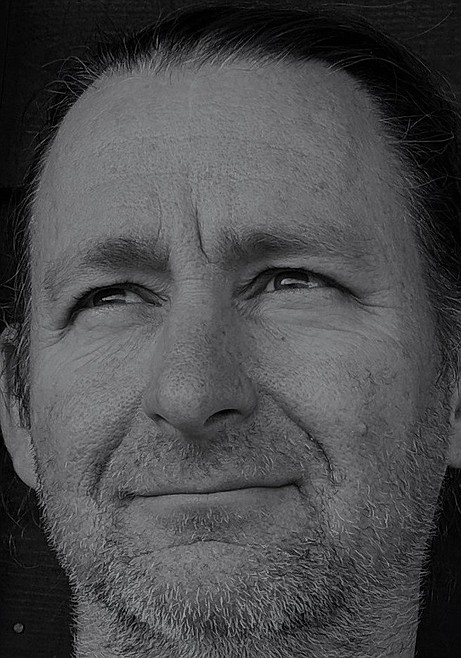Boundary County Human Rights Task Force: Jane Addams and Dorothy Day
Women’s History Month celebrates the achievements of people typically excluded from the telling of U.S. history. In that spirit, the Boundary County Human Rights Task Force acknowledges several remarkable social reformers.
Jane Addams was born into a wealthy Illinois family in 1860. Spinal tuberculosis prevented her from completing medical school, but not from becoming the most famous and influential U.S. woman in the early 20th century.
In 1889, Addams and Ellen Starr founded Hull House, a Chicago settlement house where college-educated women could provide free social services to poor immigrant women and children. “A Settlement,” Addams later wrote, “is a place for the equalization of human joys and opportunities.” Hull House offered day care, kindergarten, adult education, recreation and arts, boarding and baths, and a library. Twenty-five years later, the country had more than 400 settlement houses.
Addams and her fellow Hull House residents studied urban problems created by rapid industrialization, including slum housing, child labor, poor sanitation and civic corruption, and they lobbied for reform laws. Addams was a founding member of the National Association for the Advancement of Colored People, in 1909, and vice president of the National American Woman Suffrage Association.
In 1915, Addams became president of the Women’s Peace Party, formed to keep U.S. forces out of the First World War. “As women,” the party declared, “we are especially the custodians of the life of the ages. We will not longer consent to its reckless destruction.”
With two other accomplished reformers, economist Emily Balch and physician Alice Hamilton, Addams attended the International Congress of Women, then called on statesmen in nine European capitals to promote peace talks. Addams also met several times with President Woodrow Wilson, and wondered if “any man had the right to rate his moral leadership so high that he could consider the sacrifice of thousands of his young countrymen a necessity.”
After the war, in 1919, Addams became president of the Women’s International League for Peace and Freedom, later succeeded by Balch. Addams (1931) and Balch (1946) were the first two U.S. women to receive the Nobel Peace Prize. “As the world community develops in peace,” Balch believed, “it will open up great untapped reservoirs in human nature.”
Dorothy Day was born in Brooklyn in 1897. In 1917, she was arrested outside the White House, along with organizer Alice Paul and dozens of other “Silent Sentinels” who were quietly picketing for women’s right to vote. In jail, the women staged a hunger strike to protest unsafe conditions and were brutally beaten by guards. Public sympathy for these courageous suffragists contributed to passage of the 19th Amendment two years later.
Day, who joined the Catholic Church in 1927, is best known for co-founding the Catholic Worker Movement. During the Great Depression, she was frustrated that Catholic officials were not as interested as Communist organizers in helping impoverished workers. In 1933, she and Peter Maurin, a French immigrant, began publishing Catholic Worker, a monthly newspaper, to promote Catholic teachings on social justice.
The newspaper attracted tens of thousands of readers and led to establishment of Catholic Worker “houses of hospitality” to serve the needy. Day wrote, “The mystery of the poor is this: That they are Jesus, and what you do for them you do for Him.” House residents, including Day, took vows of “holy poverty” to be truly free to help others.
Catholic Worker editorials also promoted Christian nonviolence. In response to the Spanish Civil War, Day noted that violent defense means making “sure our own force is more savage, more bestial” than the enemy’s. She advocated, instead, for the “way of love” and “a disarmament of the heart” because, she explained, the Christian goal should be peace, not “victory.” “Our Manifesto,” she later wrote, “is the Sermon on the Mount.”
In 1955, Day led Catholic Workers and other peacemakers in refusing to seek shelter during the annual nuclear bomb drill in New York City. They understood that taking cover wouldn’t save anyone from a nuclear blast. It would, however, condition “the public to accept and expect war, instead of demanding peace and working for it.” Within a few years, the annual act of civil disobedience had become so popular that the “take shelter” law was no longer enforceable.
Today, more than 200 Catholic Worker houses and farms serve the needy in 10 countries, the newspaper still sells for a penny, and the Catholic Church is considering Day for sainthood. Addams, though more interested in government than religion, was often called “Saint Jane.” Their venerable lives remind us that there are different ways to work for peace, social justice and human rights. As Day wrote, “The biggest challenge of the day is: how to bring about a revolution of the heart, a revolution that has to start with each one of us.”
• • •
Timothy Braatz is a professor of history and nonviolence at Saddleback College. Previously, he taught at Southern Utah University and Arizona State University. He has a Ph.D. in U.S. history from Arizona State, and is the author of several books, including “Peace Lessons” and “From Ghetto to Death Camp: A Memoir of Privilege and Luck.” Locally, he wrote and directed the dramatic scenes for Vicki Thompson’s recent productions, “A Common Beat” and “Stardust!”

